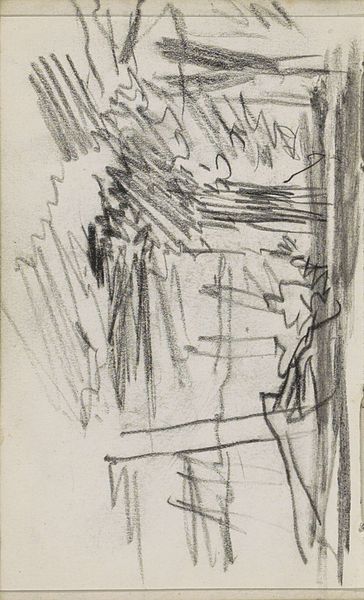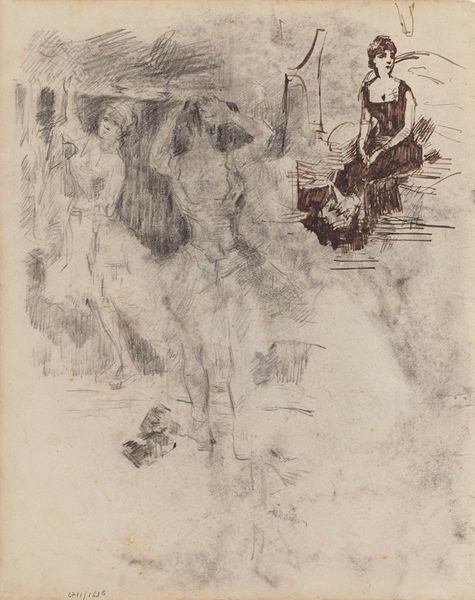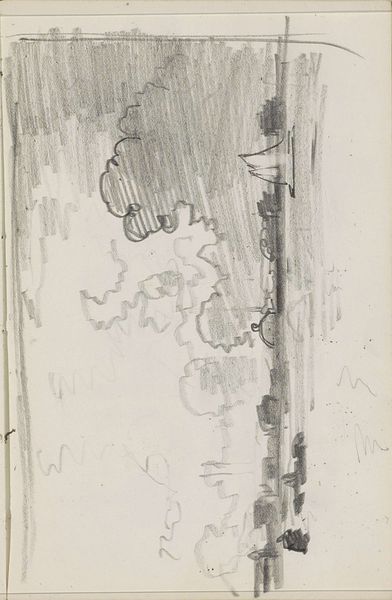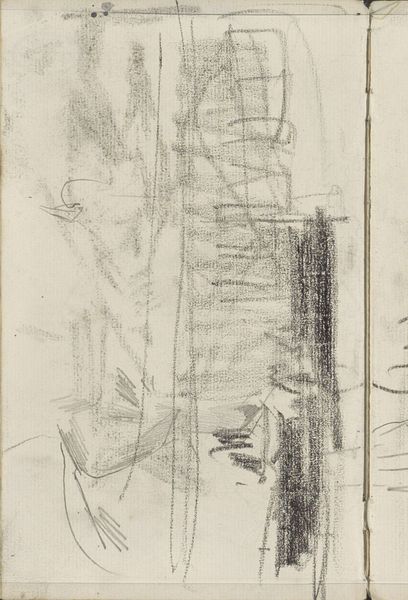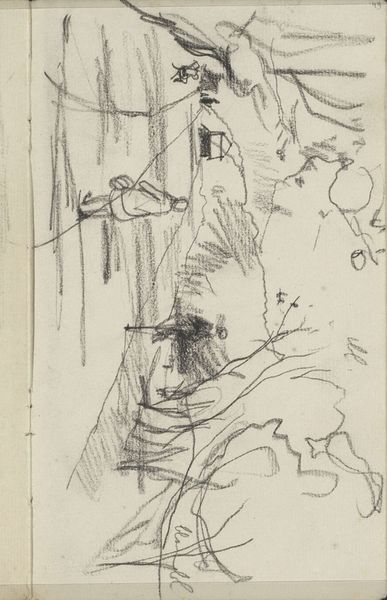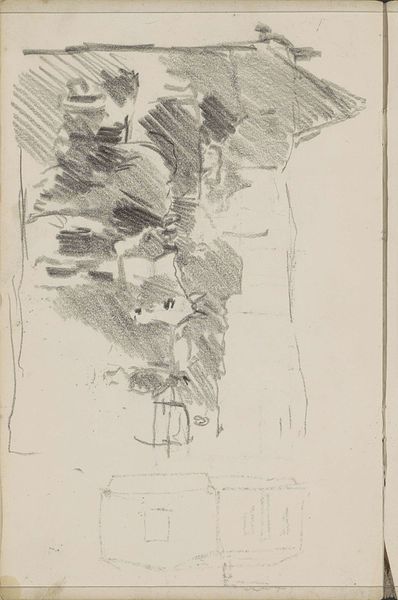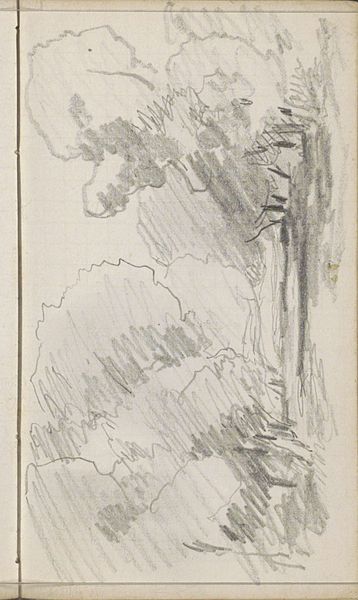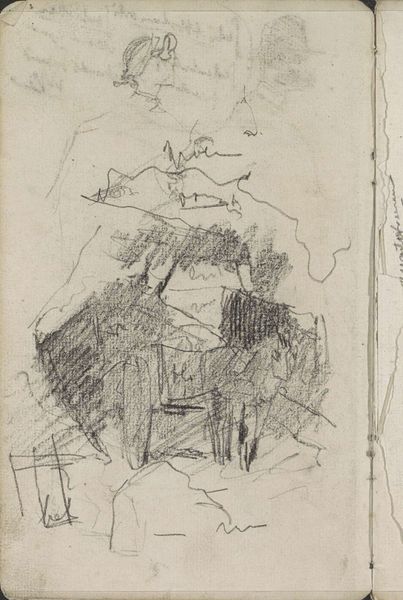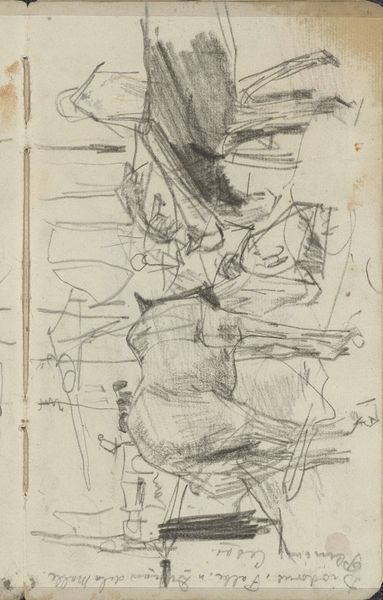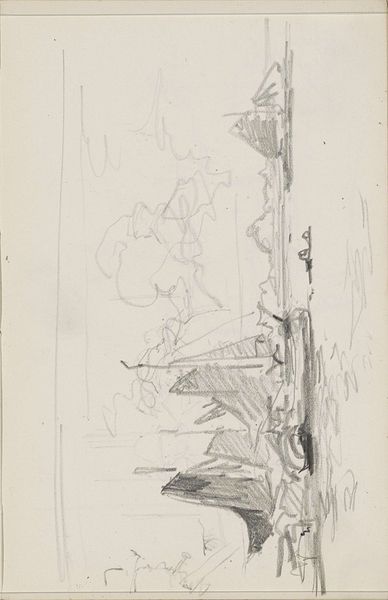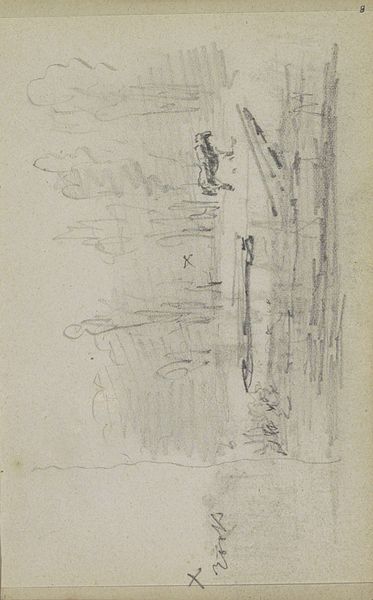
Copyright: Public Domain: Artvee
Henri de Toulouse-Lautrec sketched Emilienne d’Alençon with graphite. The artwork is a dance of lines that capture the essence of a fleeting moment. The composition is split diagonally, leading the eye from the subject to the background. The sketch presents a woman, her face softly rendered, and a horse with people behind, all caught in the same moment. The use of graphite allows for varying tones. The sketch destabilizes traditional portraiture. Toulouse-Lautrec does not present a static, idealized version of his subject. The sketch captures a sense of movement, the temporality of modern life, and the blending of social worlds that characterized Paris at the end of the 19th century. The lines create a semiotic system of representation where the sketchiness communicates a candid and unvarnished view of Parisian life. The sketchiness, the unfinished quality, challenges the viewer to engage actively with the artwork, completing the image in their mind. This interplay between presence and absence is a key element, it reflects modernism’s interest in process, impermanence, and the subjective nature of perception.
Comments
No comments
Be the first to comment and join the conversation on the ultimate creative platform.
